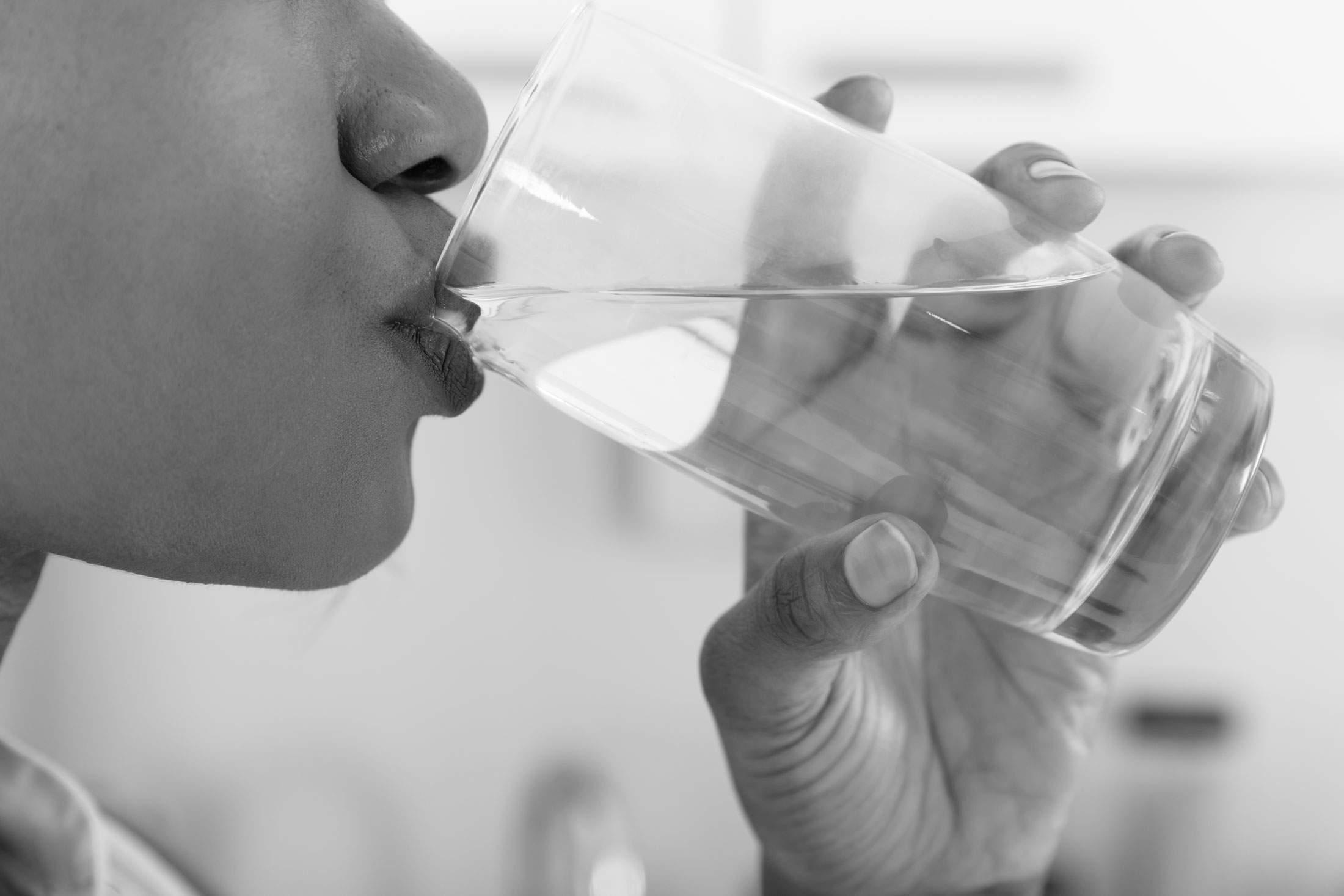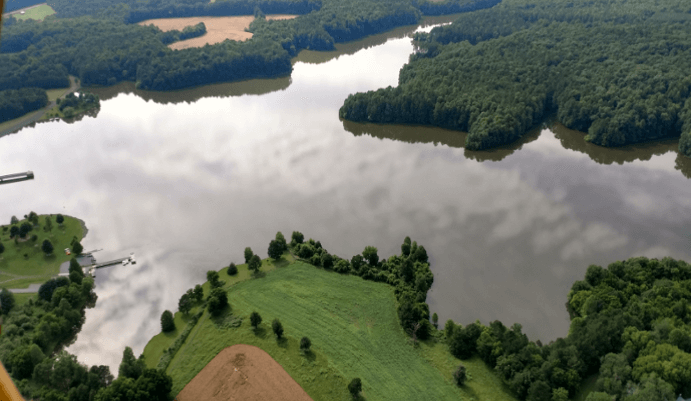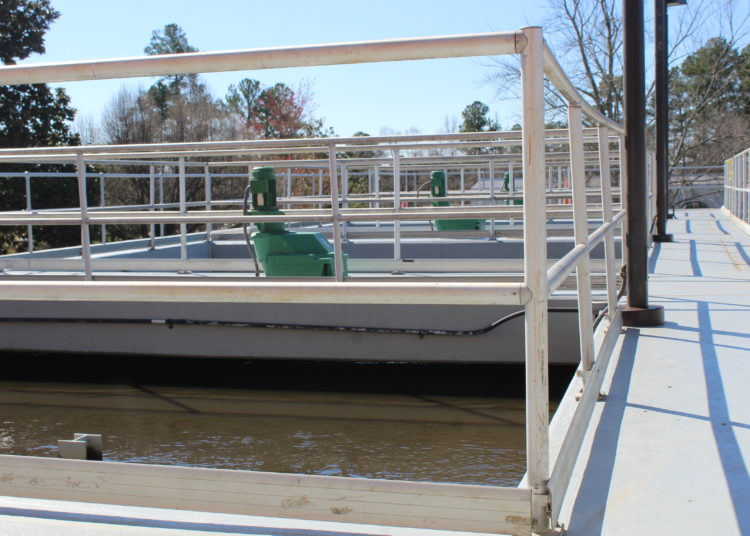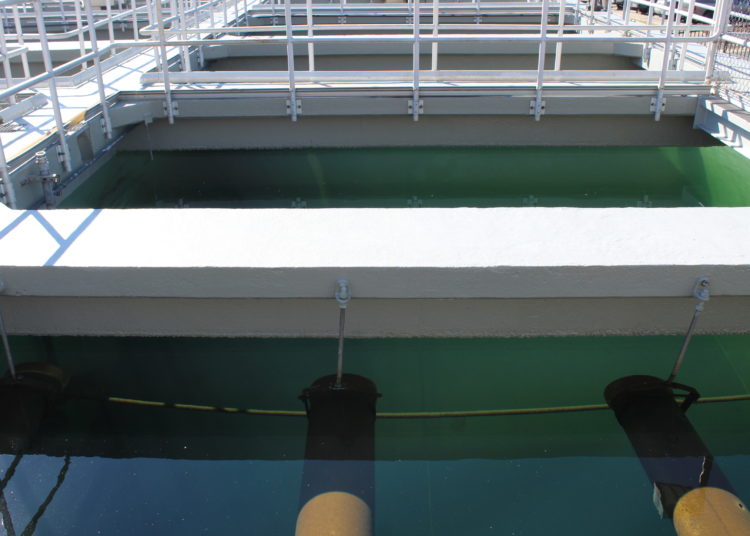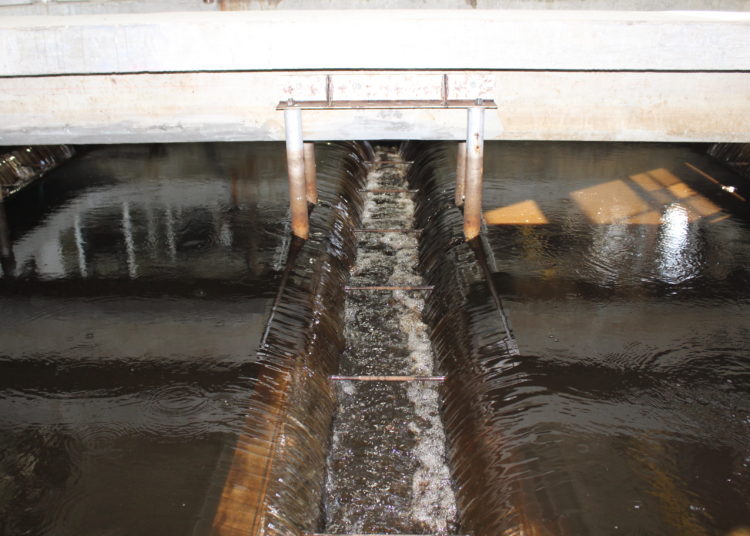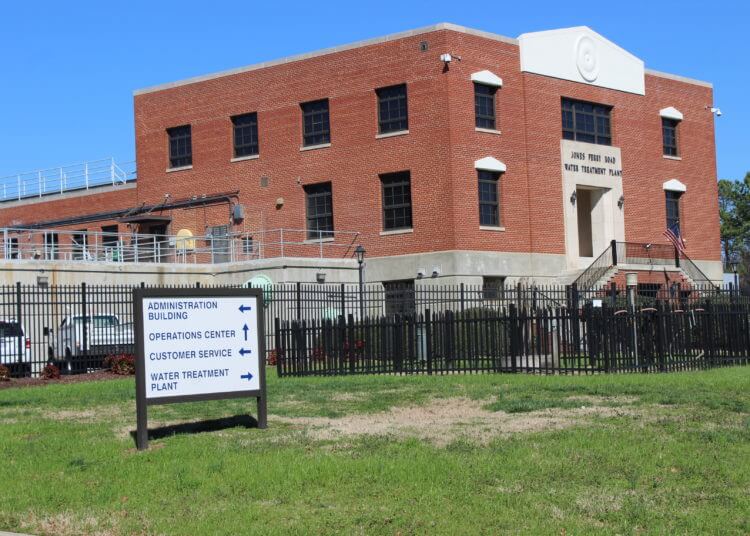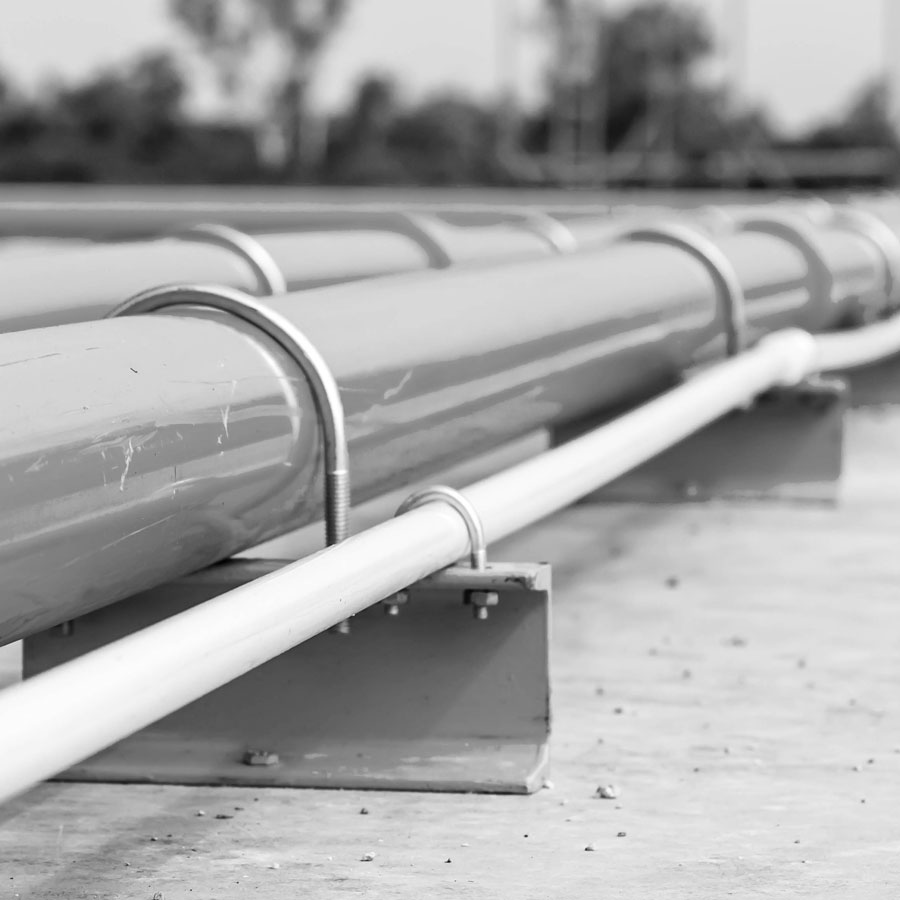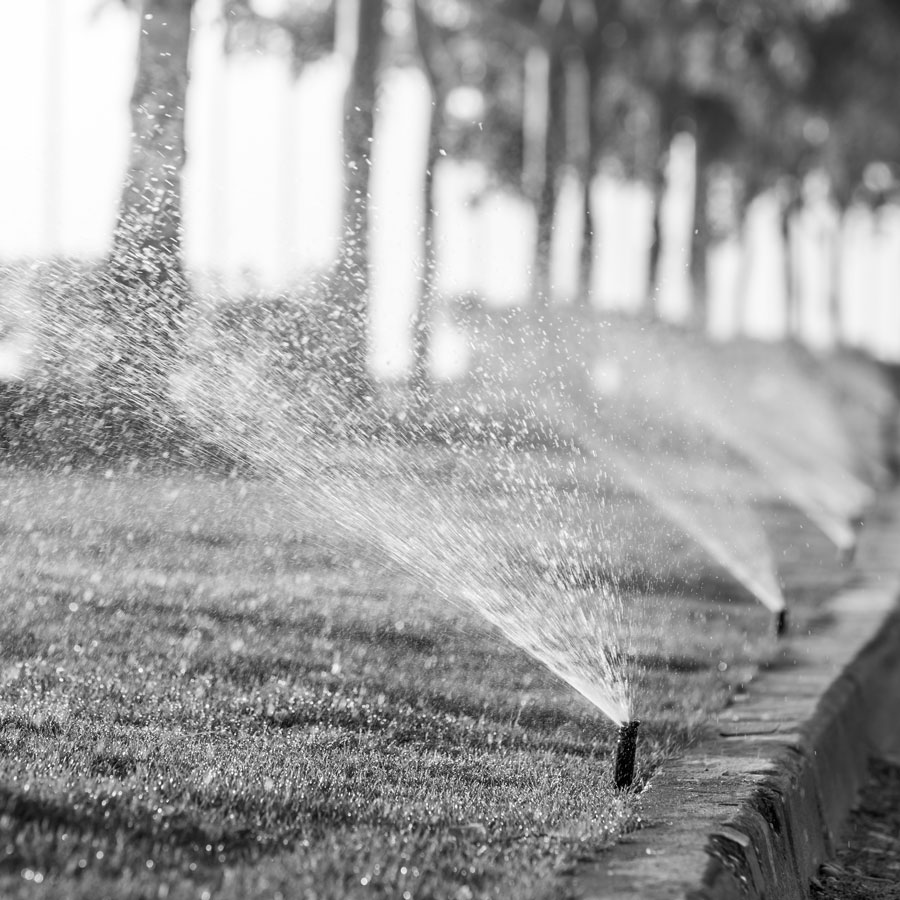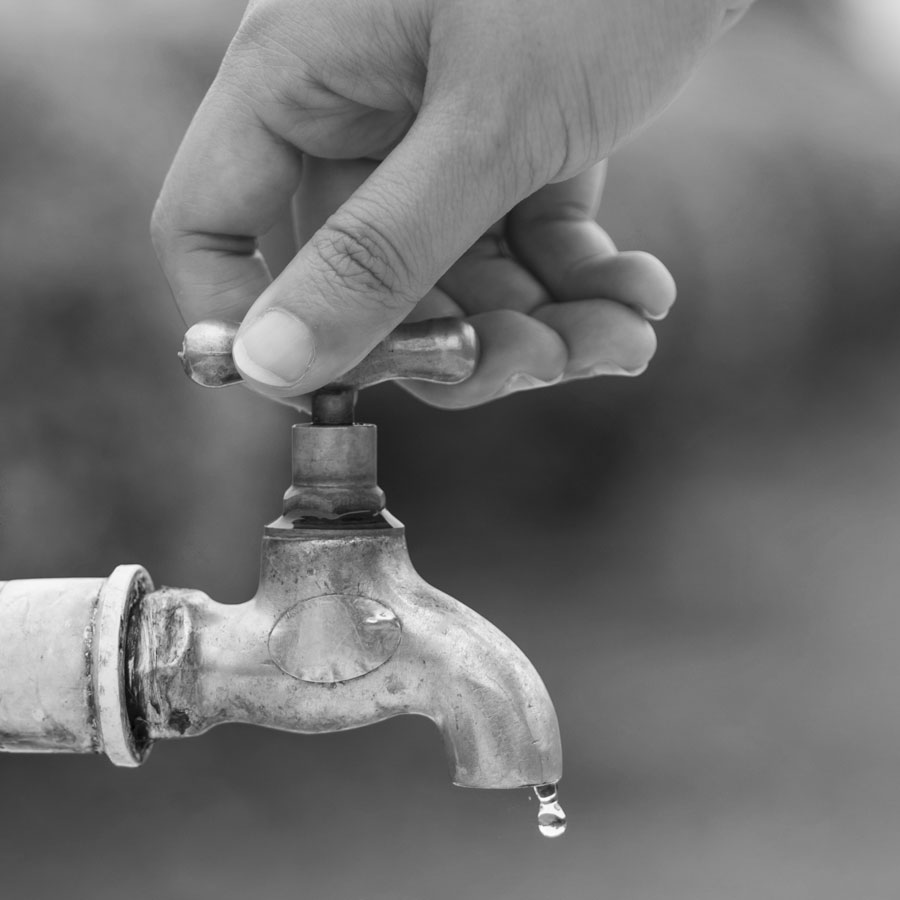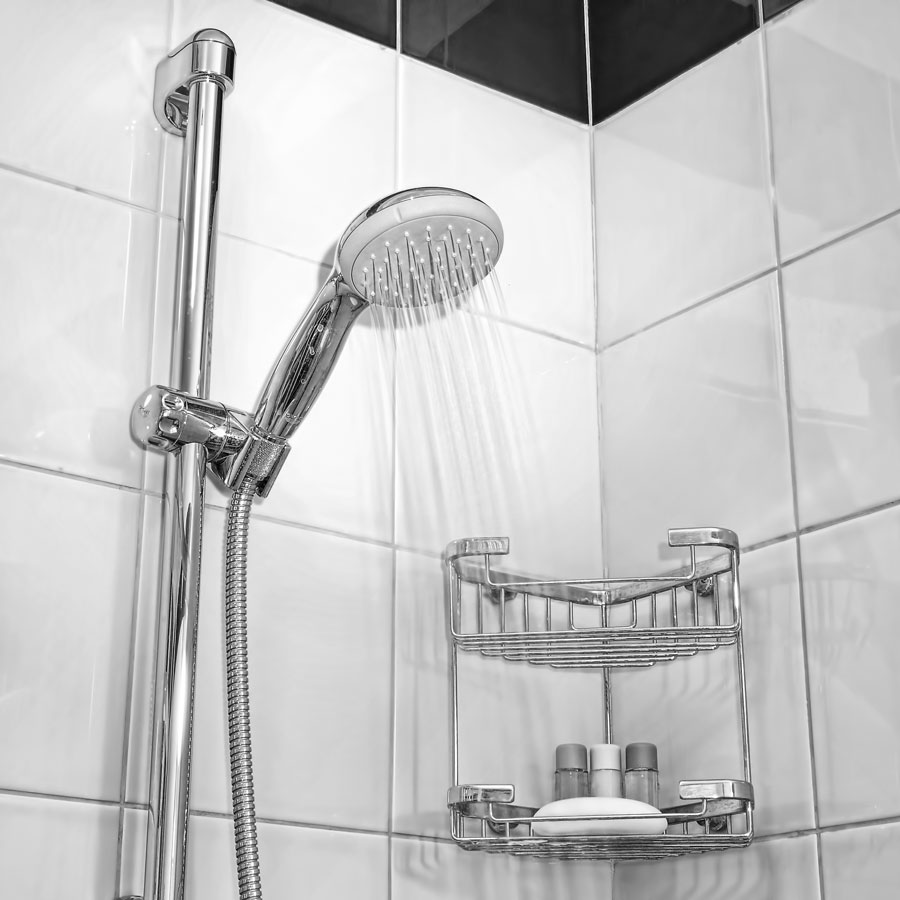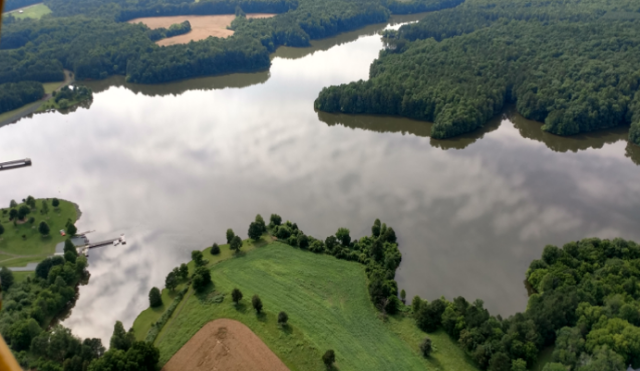Water Treatment FAQs
We know the science of water can be a bit complex. Here are some answers to your most-frequently asked questions.
Who sets the standards for the quality and safety of drinking water?
Both Federal and State agencies set the standards. In accordance with the Federal Safe Drinking Water Act, the Environmental Protection Agency (EPA) issues national standards for the quality of drinking water and how it is tested. For more information, please visit the EPA’s water quality website. The State of North Carolina sets some additional drinking water standards related to water quality testing procedures and regulatory limits. State regulations can only be more stringent than Federal regulations.
Who tests the quality of OWASA’s water? How?
The staff at our water treatment plant laboratory, which is certified by the State, monitors our drinking water quality by doing about 50,000 tests each year. Using state-of-the-art equipment and instruments, our laboratory staff tests for more than 150 substances in drinking water. The results of these analyses are published in our annual Water Quality Report Card, which is distributed throughout our service area. While our laboratory staff does most of the water testing required by State and Federal regulations, private laboratories approved by the State do some specialized testing for OWASA.
In addition to testing our drinking water, we monitor the water quality in our reservoirs, as water goes through the treatment process and through our distribution system of more than 390 miles of public water pipes in the Carrboro-Chapel Hill community.
Is a home filter needed for OWASA drinking water?
OWASA does not recommend removing disinfectants, except for special uses including dialysis and in aquariums, because disinfectants kill bacteria. Maintaining a disinfectant residual in our water pipes and your home plumbing helps prevent bacterial regrowth.
A home filter may be necessary if you have a weak immune system, allergies, special medical needs or sensitivities that you can address with additional filtering. For home dialysis or other specialized medical uses, please follow the advice of health care providers and medical equipment manufacturers regarding water filtration or treatment.
Otherwise, OWASA customers do not need to treat their drinking water at home to make it safe. Certain home water-treatment units can improve water’s taste. If you own or plan to buy a home water treatment unit, we recommend carefully researching the product so that you will understand its capabilities, limitations, benefits and ongoing costs for filter replacement, maintenance and more. Please note: If a home water-treatment filter is not changed regularly, it may stop working as intended and could become a source of bacterial growth or other contamination.
What should I do if I want OWASA to test the OWASA drinking water in my home or business?
If you’d like a lab analyst to collect a water sample from your home or business, please contact the OWASA Laboratory Staff at 919-537-4228, or send an email to WTPLaboratory@owasa.org to schedule an appointment. Typically, we schedule water sampling at customers’ homes or businesses on Mondays through Thursdays between 10 a.m. and 12 p.m. We test the pH, chlorine, and turbidity (clarity) of our water, as well as for bacteriological indicators. We also provide lead and copper testing of our water for our customers. To request a lead and copper sample kit, contact the lab staff at the number or email provided above. There are no fees for these services.
Who tests water from private wells?
The Orange County Health Department can test your well water. If you live in Orange County and wish to have your well water tested, please contact the Wells Division of the Orange County Health Department at 919-967-9251 and ask for the Wells Division, or visit their website for more information.
Is the chloramine and chlorine in my water safe to drink?
Yes. OWASA water treated with chloramines or chlorine is safe to drink. We carefully control the disinfectant levels in our water to meet the standards in the Federal Safe Drinking Water Act, and we routinely monitor the chloramine and chlorine levels throughout the water system.
My water smells and tastes like chlorine. How can I get rid of the chlorine?
During the month of March, we use chlorine as both our primary and secondary disinfectant. As a result, your water may have a slight tinge of chlorine, either in taste or odor. OWASA does not recommend removing chlorine, except for special uses like dialysis and in aquariums, because chlorine kills bacteria. However, we recognize that some customers may wish to remove chlorine due to sensitivities. If you would like to remove the chlorine from the drinking water, you may do so with several methods, including:
- filtering the water with a pitcher featuring an activated-carbon filter,
- letting the water sit uncovered in the refrigerator for a day or so,
- boiling the water for one minute to cause the chlorine to evaporate, or
- adding a few lemon slices to a pitcher of water; acids in lemon naturally dechlorinate the water.
Why is chlorine used as the only disinfectant during the month of March?
The Department of Environmental Quality requires annual, full chlorination of water systems for a few reasons. As our drinking water is disinfected but not completely sterile, bacteria can still exist and grow in our system. Bacteria can contribute to nitrification, or the breakdown of ammonia found in the chloramines we use as the secondary disinfectant most of the year, leading to less-efficient disinfection throughout the system. Also, biofilms can form in our pipes. Chlorine is especially effective at preventing these things from happening. Finally, we flush the water distribution system in March, so consider the chlorination as another bit of spring cleaning.
How can I remove chloramines?
OWASA does not recommend removing chloramines, except for special uses including dialysis and in aquariums, because chloramines kill bacteria. However, we recognize that you may wish to remove chloramines because of sensitivities. To effectively reduce chloramine levels in drinking water, select a filter, filtration system, or treatment system that has been tested specifically for chloramine reduction under NSF/ANSI Standard 042.
Can water with chlorine or chloramines affect rubber plumbing components, such as toilet flappers?
All rubber components have useful lifetimes and require periodic replacement. For example, expansion tanks for hot water heaters typically have a five-year warranty. Selecting rubber plumbing components intended for use in water treated with chloramines will increase the useful lifetime of toilet flappers, supply lines and flexible connectors or hoses. When replacing rubber components, be sure to choose a model designed for use in water systems with chloramines. For example, PVC is generally considered non-reactive to both chloramines and chlorine itself, so connectors and supply lines with PVC cores are more resistant to these disinfectants than others. Also, some materials have been tested specifically for chloramine resistance and are labeled as such. Note that “chemical-resistant” and “chlorine-resistant” are not the same as chloramine-resistant.
Do chloramines contribute to dezincification of brass?
Dezincification is the selective release of zinc from brass, and it can affect brass with high zinc content. Direct connections of different types of metals, water velocity, water chemistry and higher temperatures can facilitate dezincification of susceptible brass. However, OWASA drinking water is classified as non-aggressive with respect to corrosion like dezincification, on the basis of its chloride level, alkalinity and pH. Current research has not found chloramines to contribute to dezincification of brass; as a matter of fact, a 2011 study of chemical and physical factors associated with real plumbing systems found that chlorine and chloramines slightly inhibit dezincification.
Do chloramines cause the release of lead from brass or other materials?
Some plumbing fixtures and fittings within homes may contain lead, especially in older homes. Fittings and fixtures containing lead should be considered a potential source of lead in drinking water. However, current research has not found a relationship between chloramines and release of lead from brass or other metals. Moreover, OWASA has an effective corrosion control program, which includes adding a phosphate compound to inhibit the release of lead from household plumbing. The phosphate forms a protective coating inside pipes and fixtures, controlling corrosion in our public water system and in private plumbing.
What precautions should kidney dialysis patients take before using our tap water?
Both chlorine and chloramines must be removed from water used in kidney dialysis machines. Medical clinics performing dialysis are responsible for purifying the water entering dialysis machines. We have informed the overall community, including dialysis clinics and medical facilities, about the need to remove chloramines from water used in dialysis machines. We also provide annual notices about our switch to chlorine during the month of March. Customers with home dialysis equipment should contact the equipment manufacturer or dealer for information about whether any adjustments in operation or maintenance of the equipment are needed.
Do I need to treat my tap water before I use it in an aquarium or herpetarium?
Yes. Unfortunately, chlorine and chloramines in our drinking water are toxic to fish and amphibians. We disinfect our water with chlorine in the month of March and with chloramines in the rest of the year; these two types of disinfectants must be dechlorinated differently. Chemical treatment or additives are available at most pet stores. For more information on treating water for your aquarium, please contact your pet or fish supply store.
